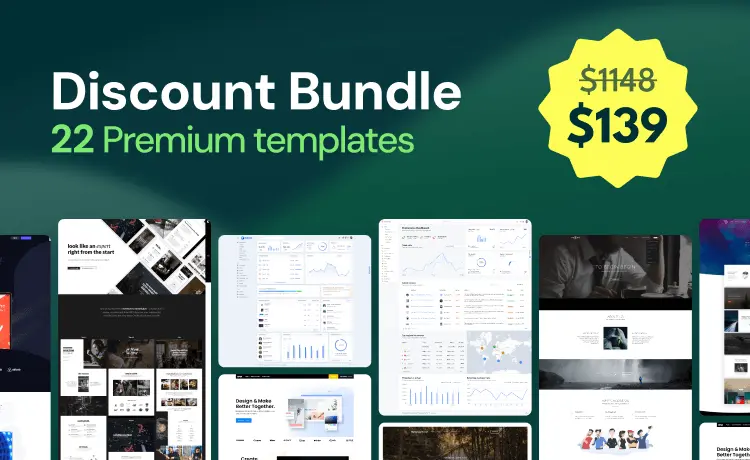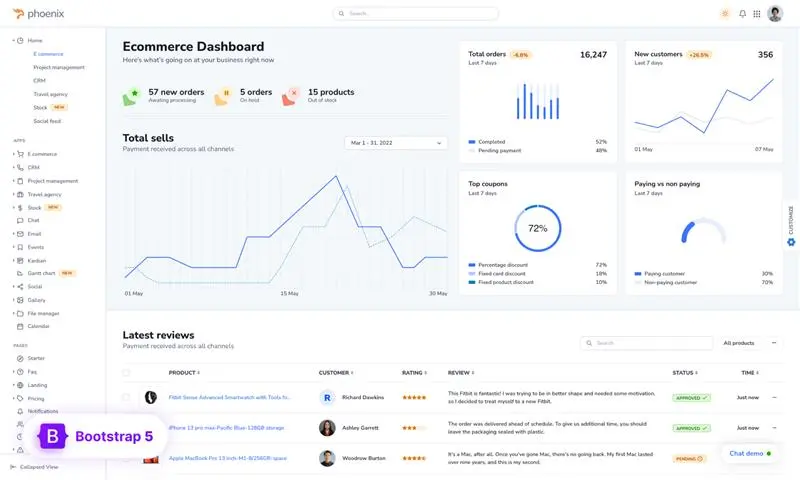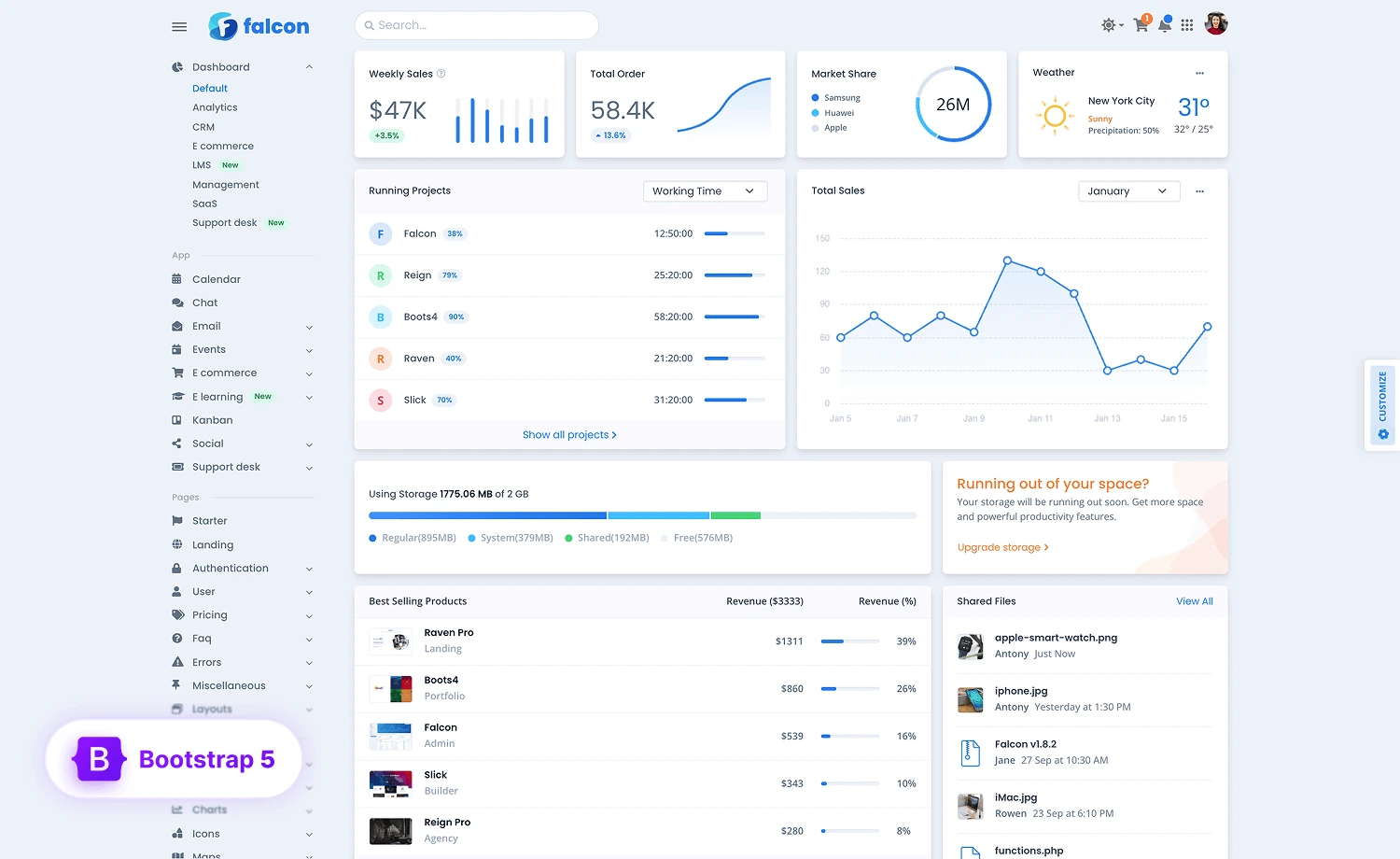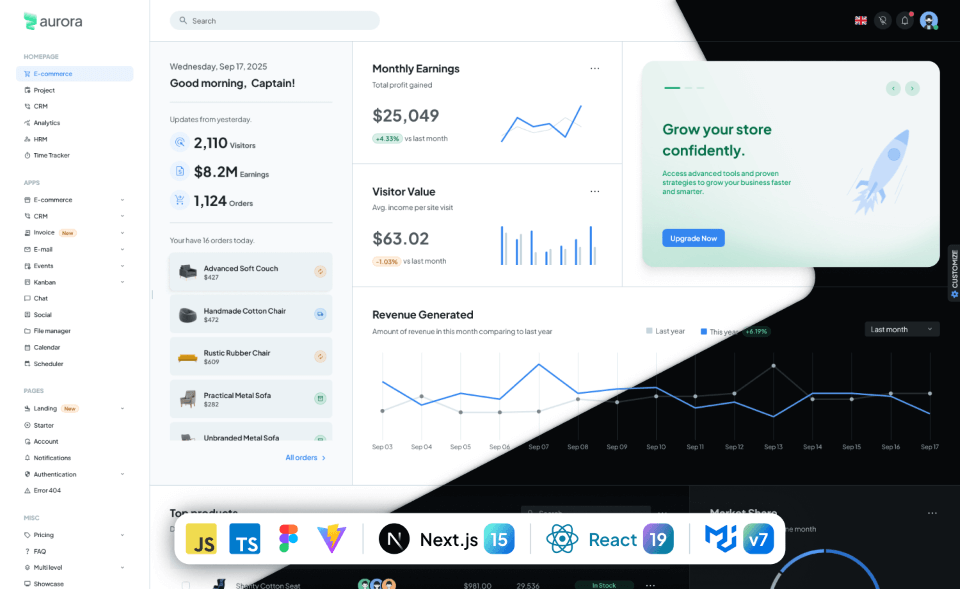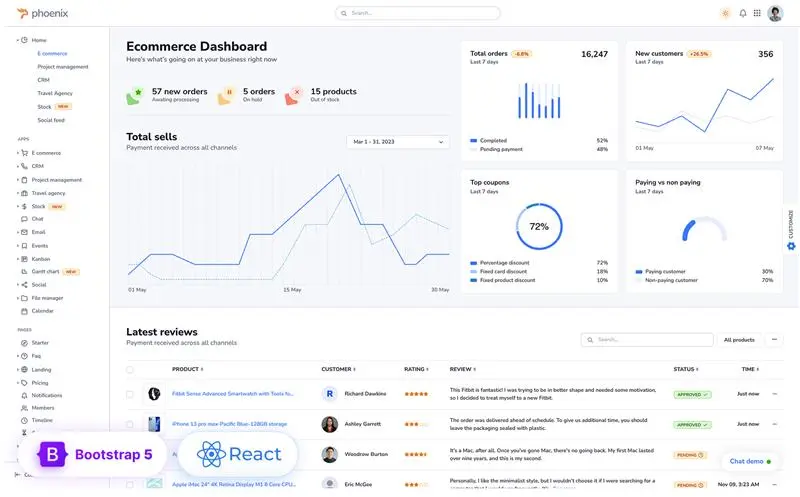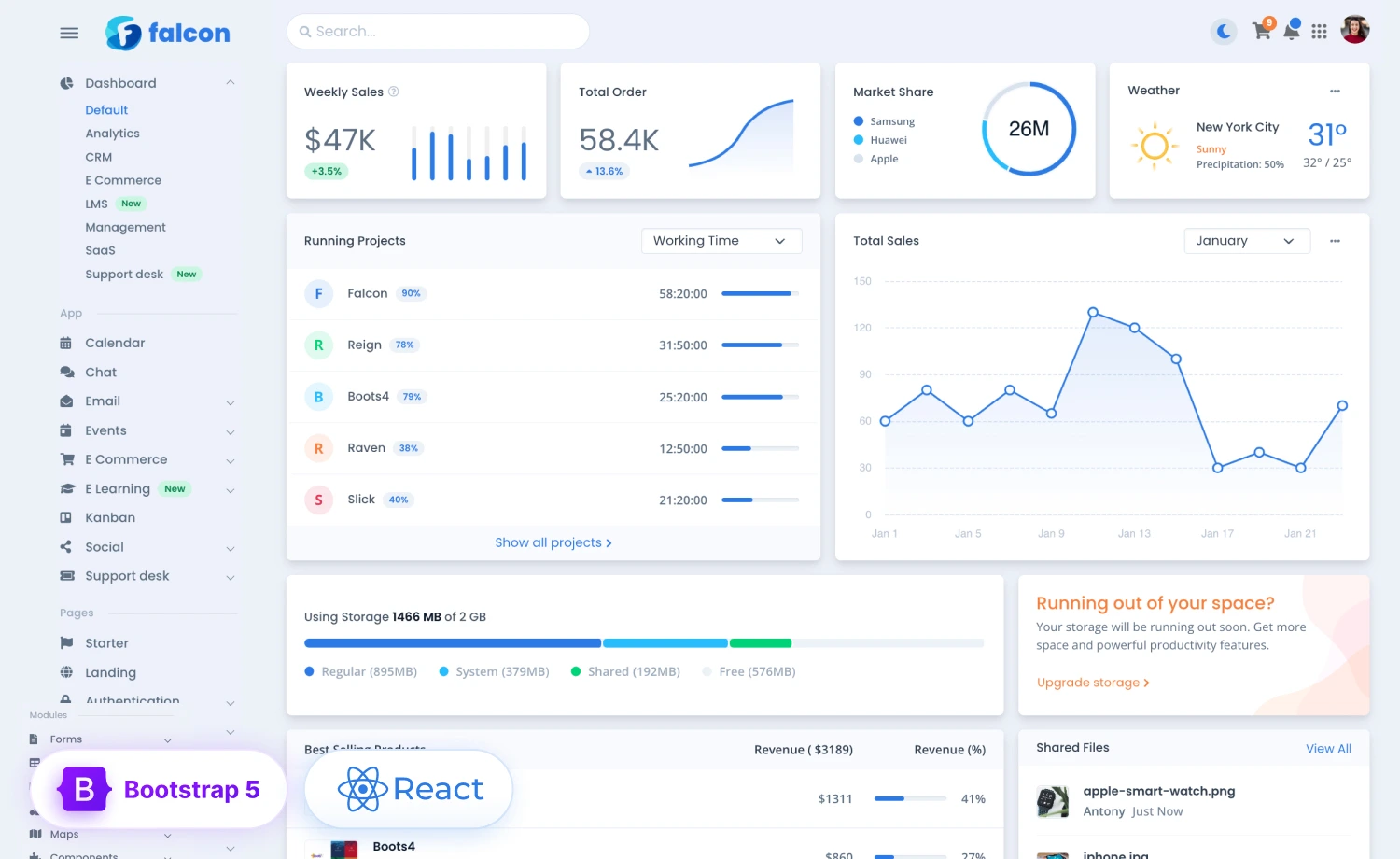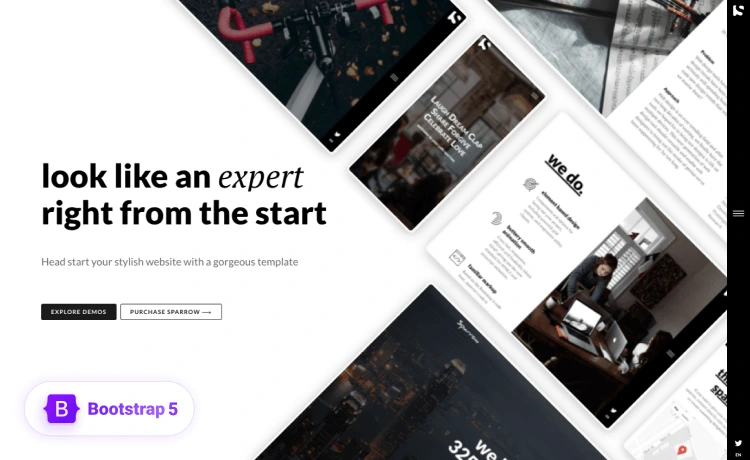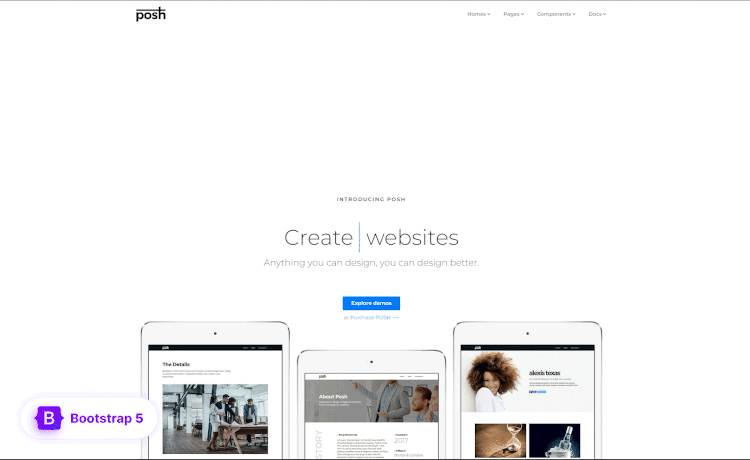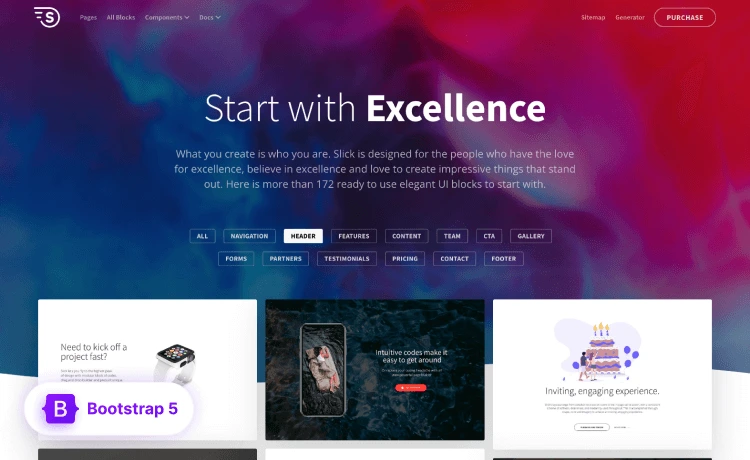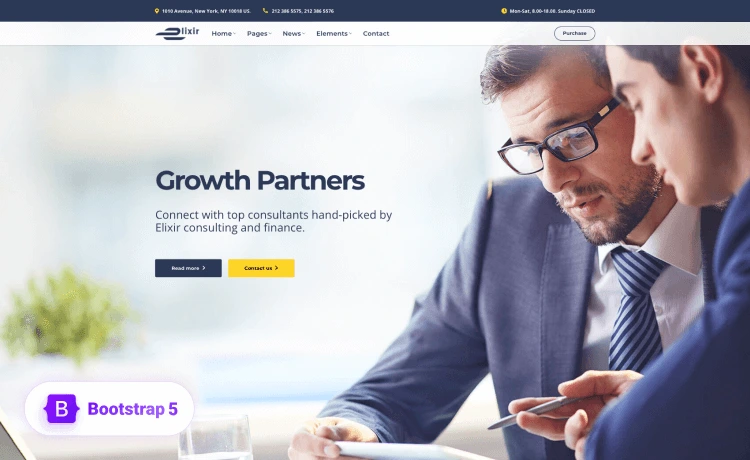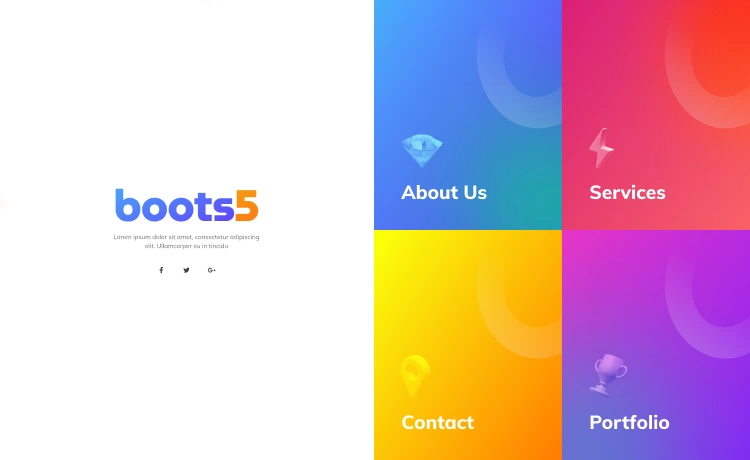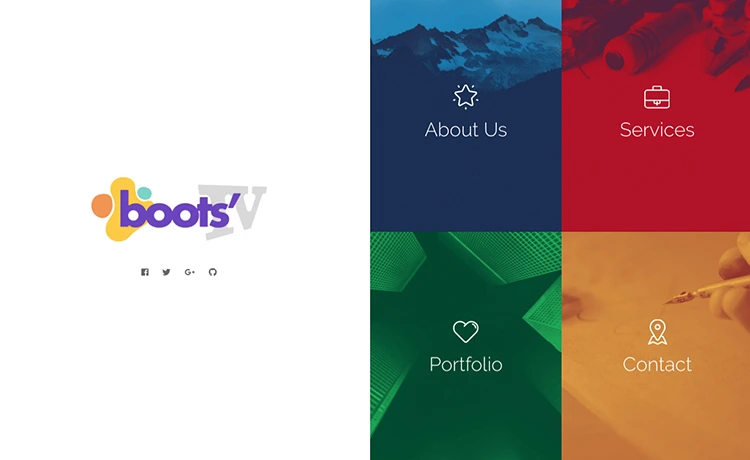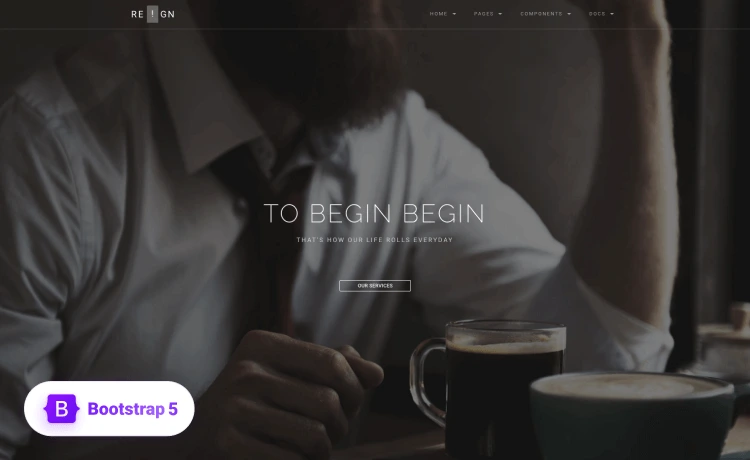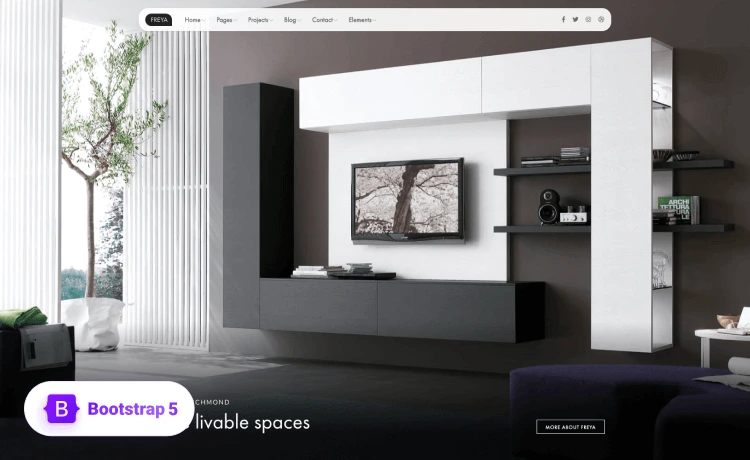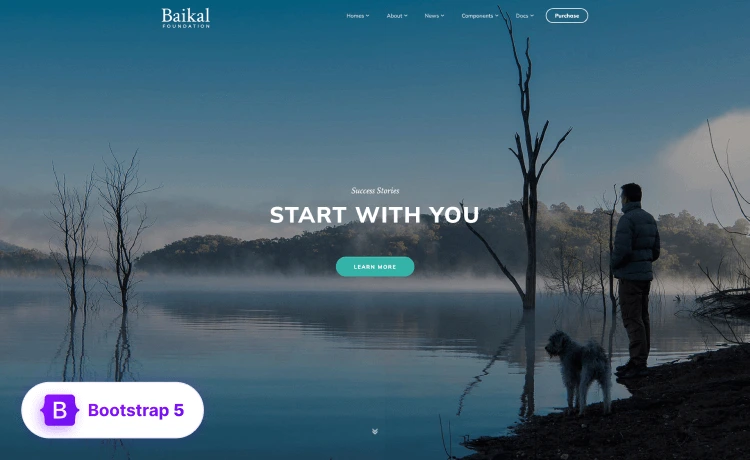
eCommerce category pages are essential for any online retail business. They are the pages that show the different items you currently have for sale, and they can have a huge impact on the customer experience. Having optimized category pages makes it easier to attract the right people to your website, and this can lead to more sales. Know more about strategies on increasing sales for your business.
In this guide, I’ll share my five top tips that will help you to optimize your eCommerce category pages and increase sales for your business. Read on to find out more.
Target the most appropriate keywords with your copy
It’s important that you target the right keywords with your category page copy. This will ensure your eCommerce pages rank for the right queries on search engines, so you reach the most suitable people.
As an eCommerce business with a goal to make sales, you’ll want to target commercial keywords as these show buyer intent and indicate that the people using them are ready to make a purchase. Commercial keywords are transactional keywords that direct consumers to sites that sell the products they want to buy. They usually contain words like “purchase”, “for sale”, “buy”, “affordable”, or “cheap.”
When choosing the right keywords to target, you’ll want to identify phrases commonly used by your target audience when searching for products in your niche. To get those, you can use either Google Search Console or Google Analytics to find the keywords currently bringing traffic to your website.
You can also use a keyword research tool like Semrush or Ahrefs to pinpoint the commercial keywords being used in your niche. To do that, search the phrase “buy + your product”. So, if you sell oven mitts, your search would be “buy oven mitts”. When you do this, you can then select suitable keywords based on keyword search volumes and competitiveness.
Include reviews to provide social proof
Word-of-mouth recommendations are very powerful, and you can replicate them by providing social proof on your website. This will show that other people have tested and can vouch for the quality of your products. People are more likely to trust and purchase a product that has several reviews as opposed to none.
You can also include testimonials as they are unbiased but positive reviews or recommendations of your products, and they can do a great job of convincing users to purchase from you. It’s also worth mentioning if your products have been featured by a trusted website or magazine.
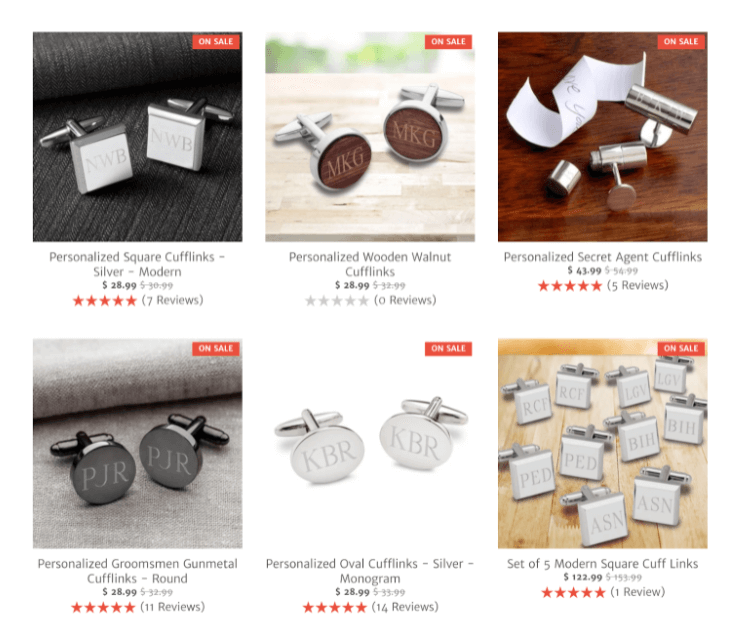
Check out how GroomsShop inspires confidence in their products by using reviews on the category pages of their products. Take, for instance, their personalized cufflinks category page – you can see the star ratings of each product as you scroll through the page, so customers have an idea of which products are popular with existing customers.
And, if you click on a product, you will see that they have included reviews from people who bought them. This gives prospective customers even more social proof and allows them to see that these products have been used and are well-received by others.
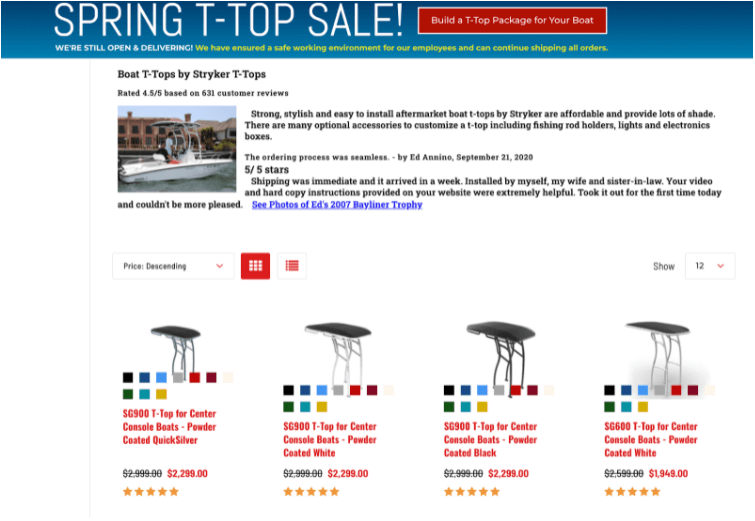
Also, let’s look at Stryker T-tops, an eCommerce store where people can buy boat t-tops.
By including ratings and testimonials just before the products on their category pages, they show off the positive experiences of others who have used their products.
This helps highlight the trust that other buyers have in the store and is a great way to optimize your category pages so prospective buyers are more inclined to make a purchase.
Make it incredibly easy to contact you
Prospective customers might arrive on your eCommerce category pages and then realize they have questions or concerns that will need to be addressed before making a purchase. You can help them get over this problem by making it very easy for them to contact you.
You should give multiple communication channels and also allow people to contact you directly from the webpage, either with a contact form or a live messaging service.
Let’s consider these examples of eCommerce category pages that make it easy for customers to contact the companies they’ve been designed by.
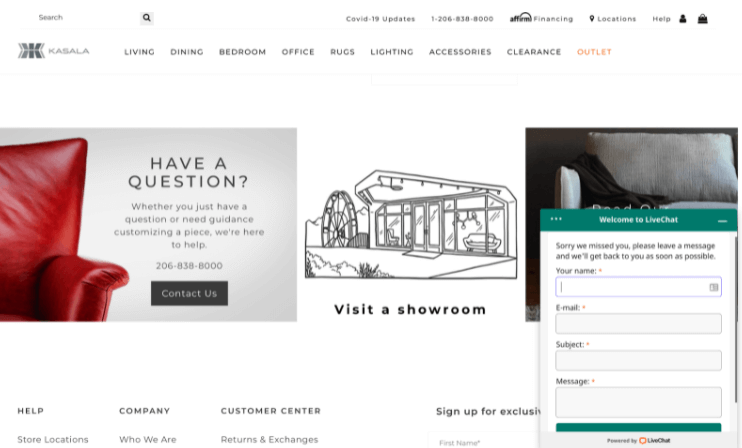
With the use of a live chat feature, Kasala, an online furniture store, provides their customers with an option to chat with a representative of the company and ask questions that can be answered immediately.
They have also included a phone number at the top of the page for people who would prefer to call. With these options, they have provided quick and convenient contact options for their prospective customers, which can increase conversions and build customer loyalty.
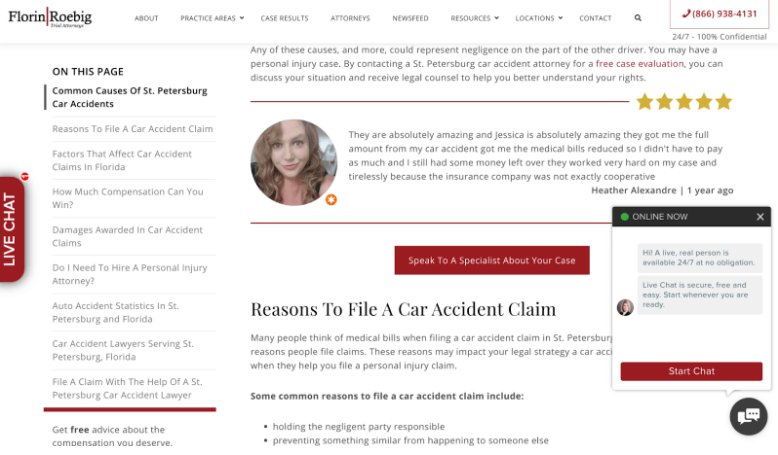
Another example comes from Florin Roebig, an attorney firm that helps people who have been involved in traffic accidents. Not only do they have a contact number for people to call, but they’ve also included a live chat feature on their website that allows users to have direct contact with a representative of the company when they need it. Plus, there are “speak to a specialist” buttons peppered throughout their site, so anyone with a serious query can be heard.
By providing several methods of communication, they have shown that they are committed to making themselves available for their customers.
Ensure your images show your products in the best light
You must put plenty of time and energy into getting your product photos right as they can make or break a sale. Also, using great images is a fantastic way to optimize your category pages as it creates a better user experience for customers.
To create good photos, you’ll want to use good lighting. Most people opt for natural lighting as this will create natural shadows that give texture and definition when taking pictures.
Another tip is to make sure you optimize your images with alternative text. By doing this, you can make your eCommerce site more accessible for visually impaired customers who use screen readers and also make it easier for search engines to understand what your images are about. With alternative text, you want to keep it descriptive and detailed.
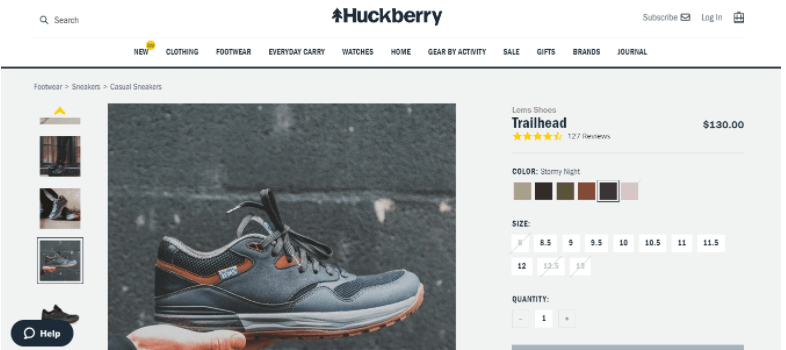
HuckBerry, an eCommerce store for menswear, always does a great job of publishing high-quality product photos on their website. They sell products in different categories like clothing, footwear, and sports gear.
One great example is this eye-catching photo of a hiking shoe. This image was taken outdoors, and it looks like they made use of natural lighting to define its features and showcase the beauty of the shoe to prospective customers.
This is a very high-quality picture that can help attract the attention of many shoppers. Always try to ensure that your product photos show your products in the best light. And, if possible, show them being used in a realistic environment. Studio shots can look great, but they aren’t always the most helpful.
Include internal links to related categories
You should always include relevant internal links on your category pages. Not only is this good for SEO, but it could also lead your customers to buy more products as internal links make it easy for site visitors to navigate through your pages.
When including internal links on your category pages, you’ll want to weave them into your copy naturally. One way to do this is by linking to different categories that would either complement a specific product. For example, if you sold handbags and shoes, you could link to the black handbag section from your black shoe section. You can also decide to include links to similar products in the same category as a way to provide your shoppers with other options – so, you could link to your brown shoe category from your black shoe page.
An example of a website that does this well is A Gift Personalized. For instance, on their page of “gifts for her” you can see a sidebar on the left-hand side where a website visitor can easily navigate to similar categories they might be interested in.
This gives people an opportunity to view other items, whether they’ve finished browsing “gifts for her” or want to narrow their search down. This is a great way to give shoppers additional or more specific options, and this optimization technique can also result in increased sales from people who might go on to buy multiple products.
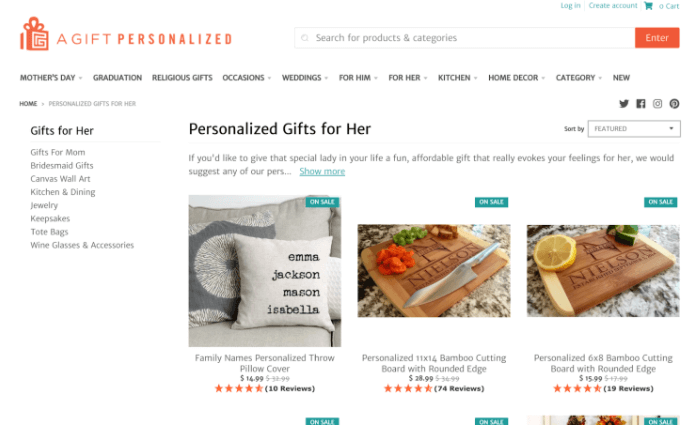
Also, check out how The Iconic uses internal links to guide shoppers to other types of clothing on their website.
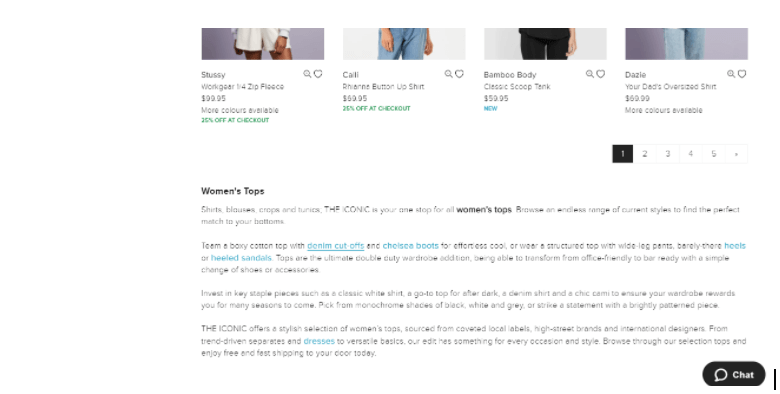
It may seem like they are merely giving styling suggestions, but what they are actually doing is providing multiple options for shoppers who might be searching for a whole new wardrobe. This can prove helpful for people who are looking for tops but might not have thought to get matching jeans or a skirt. This optimization tactic is one that can greatly benefit an eCommerce brand as it nudges people towards making more purchases than they initially planned for.
Summary
Category pages are very important for eCommerce websites, and taking the time to optimize them can help your business achieve higher sales and better rankings on search engine results pages.
Best practices for optimizing your category pages include targeting the most appropriate keywords, displaying reviews for social proof, providing multiple contact options, and also including internal links to related categories. By implementing all these tips, you can help increase your brand’s reach while also making it easier for your target audience to find the products they’re looking for.
If you need any help with designing your eCommerce category pages, make sure you also check out Theme Wagon’s templates – there are so many great options for you to choose from.

Author Bio: Adam Steele is the COO at Loganix, an SEO fulfillment partner for agencies and marketers. We build easy-to-use SEO services that help businesses scale. If you liked this article, please check out our SEO guides and templates on the Loganix blog.
